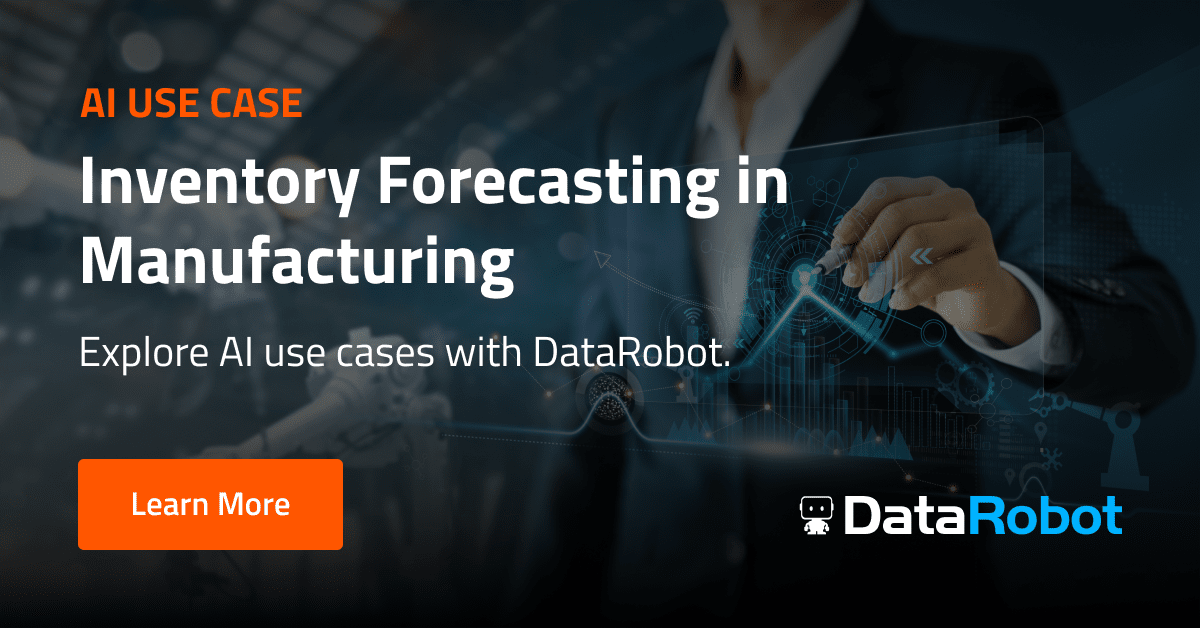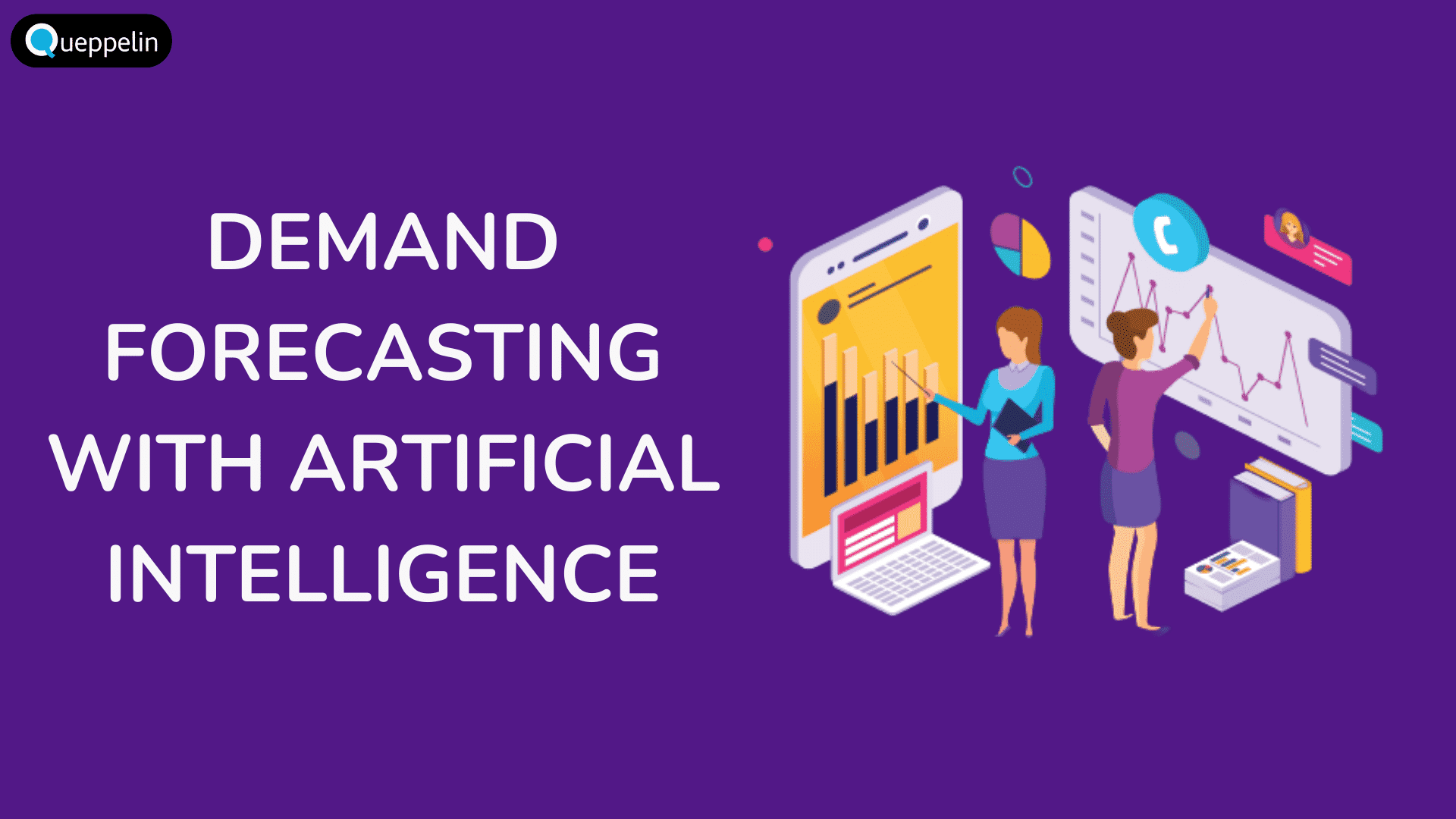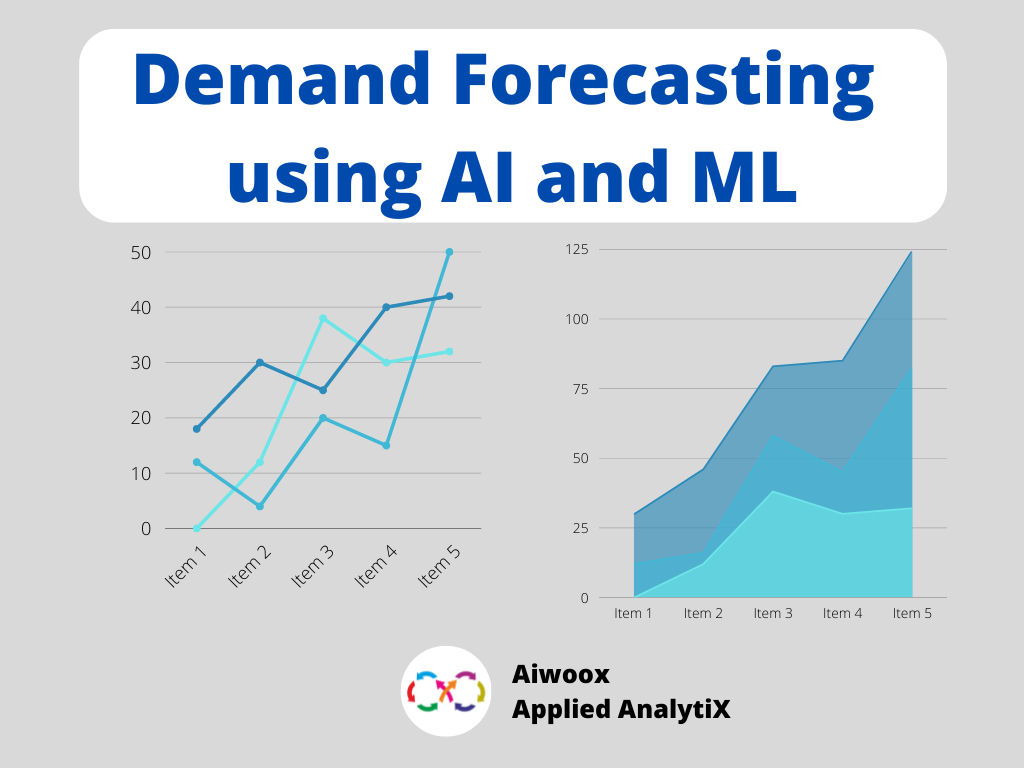Artificial Intelligence-Driven Inventory Demand Forecasting
Inventory demand forecasting is a critical component of supply chain management. It helps businesses ensure that they have the right amount of inventory on hand to meet customer demand. However, forecasting demand is a difficult task, as it is impossible to predict the future with certainty.

Traditionally, businesses have used a variety of methods to forecast demand, including historical data analysis, expert opinion, and statistical models. However, these methods can be limited in their accuracy, especially in today's rapidly changing and uncertain business environment.
Artificial intelligence (AI) is a powerful tool that can be used to improve the accuracy of inventory demand forecasting. AI-driven forecasting models can learn from historical data and identify patterns that can be used to predict future demand. They can also be used to incorporate real-time data, such as weather forecasts and economic data, to make more accurate predictions.
AI-driven inventory demand forecasting can provide businesses with a number of benefits, including:

- Improved accuracy: AI-driven models can typically provide more accurate forecasts than traditional methods. This can help businesses avoid stockouts and lost sales.
- Reduced costs: AI-driven models can help businesses reduce inventory costs by ensuring that they have the right amount of inventory on hand.
- Improved customer service: AI-driven models can help businesses meet customer demand more quickly and efficiently. This can lead to increased customer satisfaction and loyalty.
How AI-Driven Inventory Demand Forecasting Works
AI-driven inventory demand forecasting models typically work by using a variety of data sources, including:
- Historical sales data
- Customer demographics
- Economic data
- Weather data
The model then uses this data to learn the relationship between demand and various factors. This allows the model to make predictions about future demand.
AI-driven inventory demand forecasting models can be used to forecast demand for a variety of products and services. They are particularly well-suited for forecasting demand for products that are subject to seasonal fluctuations or that are affected by other external factors.

Benefits of AI-Driven Inventory Demand Forecasting
AI-driven inventory demand forecasting can provide businesses with a number of benefits, including:
- Improved accuracy: AI-driven models can typically provide more accurate forecasts than traditional methods. This can help businesses avoid stockouts and lost sales.
- Reduced costs: AI-driven models can help businesses reduce inventory costs by ensuring that they have the right amount of inventory on hand.
- Improved customer service: AI-driven models can help businesses meet customer demand more quickly and efficiently. This can lead to increased customer satisfaction and loyalty.

Challenges of AI-Driven Inventory Demand Forecasting
There are a number of challenges associated with AI-driven inventory demand forecasting, including:
- Data availability: AI-driven models require large amounts of data to learn from. Businesses may not have access to the necessary data, or the data may be incomplete or inaccurate.
- Model development: Developing an AI-driven inventory demand forecasting model can be a complex and time-consuming process. Businesses may need to partner with a third-party vendor or hire a team of data scientists to develop a model.
- Model maintenance: AI-driven models need to be regularly updated with new data in order to remain accurate. Businesses may need to invest in a system for collecting and managing data, as well as a team of data scientists to maintain the model.

Conclusion
AI-driven inventory demand forecasting is a powerful tool that can help businesses improve the accuracy of their forecasts and make better decisions about inventory management. However, there are a number of challenges associated with AI-driven forecasting, including data availability, model development, and model maintenance. Businesses should carefully consider the benefits and challenges of AI-driven forecasting before making a decision about whether or not to adopt this technology.
References

- [1] https://www.gartner.com/en/newsroom/press-releases/2021-06-02-gartner-says-global-ai-investment-will-reach-623-billion-in-2022
- [2] https://www.mckinsey.com/industries/retail/our-insights/how-ai-can-transform-retail-operations
- [3] https://www.ibm.com/blogs/think/2021/06/how-ai-can-help-retailers-meet-the-demand-challenges-of-the-future/
Post a Comment